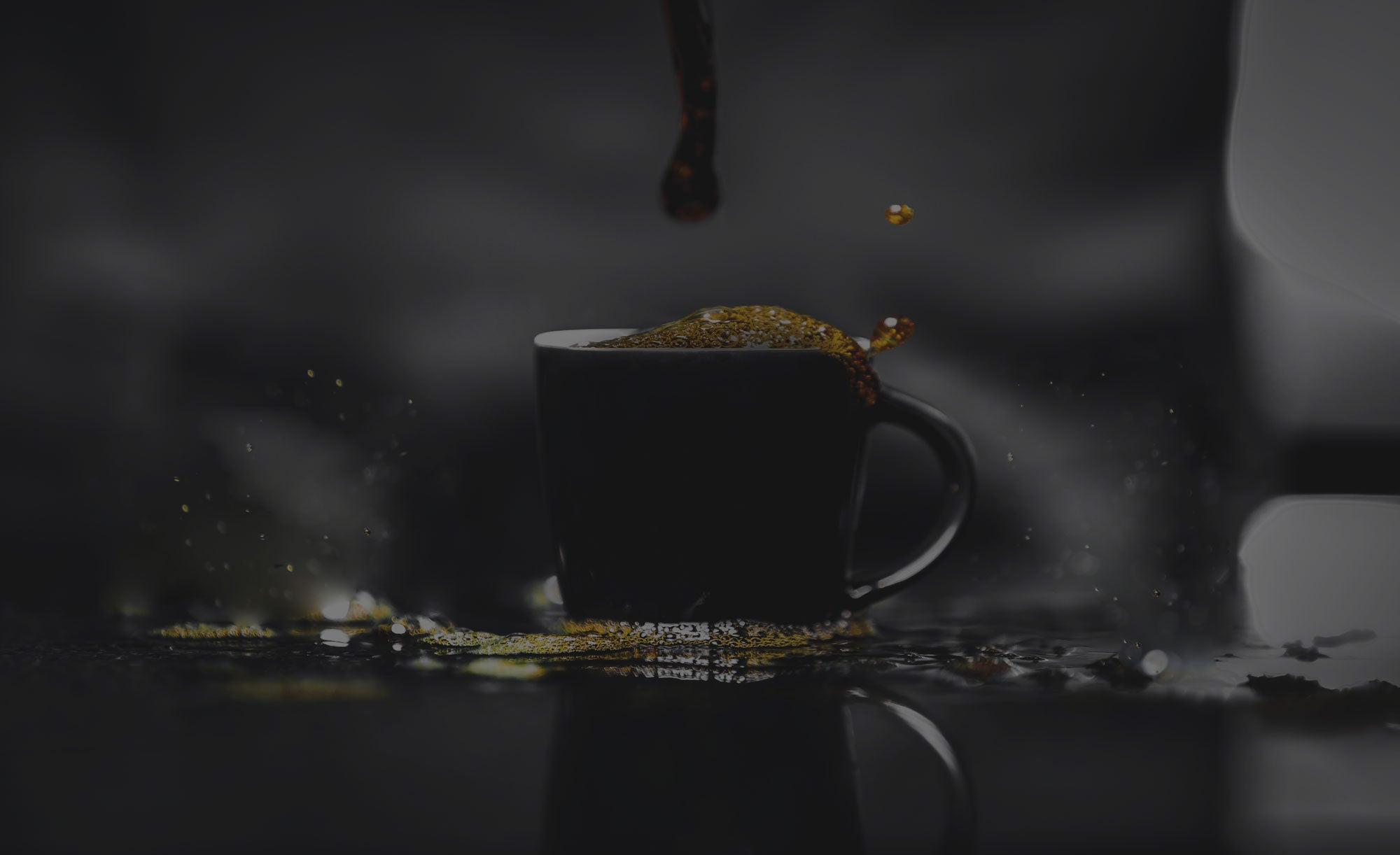The short answers are: either five calories per cup or about negative 100 per cup, depending on how you look at it.
Now I know the idea of negative calories is counter intuitive. You may be familiar with the idea of negative calories in the context of celery, grapefruit, lettuce, or other low calorie foods. None of these or any popularly consumed fruits or vegetables actually have negative calories, but to understand why, you have to understand the nature of a calorie.
What is a calorie?
A calorie is a unit of measure more similar to a British Thermal Unit (Btu) than anything pertaining to biology. In fact a calorie is the metric equivalent of a Btu. Where a Btu is the amount of energy required to raise one pound of water one degree fahrenheit, a Calorie, as we know them- capital C, Calorie, on food packaging labels- is the amount of energy required to raise one kilogram of water by one degree celsius.
Anything that burns can be assigned a caloric value. In a strict sense, propane, wood, gasoline, etc. all have caloric values. However, our bodies lack the ability to digest any of those calories, so they’re termed indigestible calories. Many types of fiber in common fruits and vegetables are similarly indigestible and in part contribute to the association of fibrous foods with weight loss. So 100 calories from something fibrous like kale, isn’t the same as 100 calories from butter, isn’t the same as 100 calories from a high protein source.

Of the 100 kale calories, only a relatively small portion of those can be metabolized by the body, with the rest being primarily cellulose and other indigestible fiber that the body can not turn into usable energy. The same cannot be said of starchy, carbohydrate-laden foods, or fats which the body can readily turn into chemical energy and store as fat.
So, a cup of coffee has about five total calories in it, but only a portion of those will be digestible calories, which would place it in the low-calorie food category. Which again begs the question: How can coffee be a negative calorie food?
The answer to this question is caffeine.

Well mainly caffeine, but also related chemical compounds found in coffee and chlorogenic acid in coffee. Caffeine and similar compounds found in coffee stimulate our metabolisms through a complex cascade of chemical reactions that result in our enjoyment, but also in our bodies burning significantly more calories than they would without the caffeine.
There are further benefits to metabolism and weight loss in the form of appetite suppression and, in the case of chlorogenic acid, prevention of fat and carbohydrate absorption, but those benefits are much harder to measure than simple metabolic rates.
What is clear is that 100mg of caffeine (about what is in a rather weak 8oz coffee) causes healthy humans to burn an additional 75 to 150 calories via stimulation of the metabolism. So if we subtract the additional calories used via coffee’s stimulation of the metabolism from the five total calories present in that cup, we’re left with negative 70-145 calories.

Before you start binging on your favorite indulgent food and washing it down with enough coffee to balance out that binge based on this equation, consider tolerance and diminishing returns. Over time the body gets used to caffeine intake, especially when the caffeine is consumed at a routine time every day. The body’s ability to adapt its chemistry to Pavlovian stimuli is truly fascinating.
Some sources:

